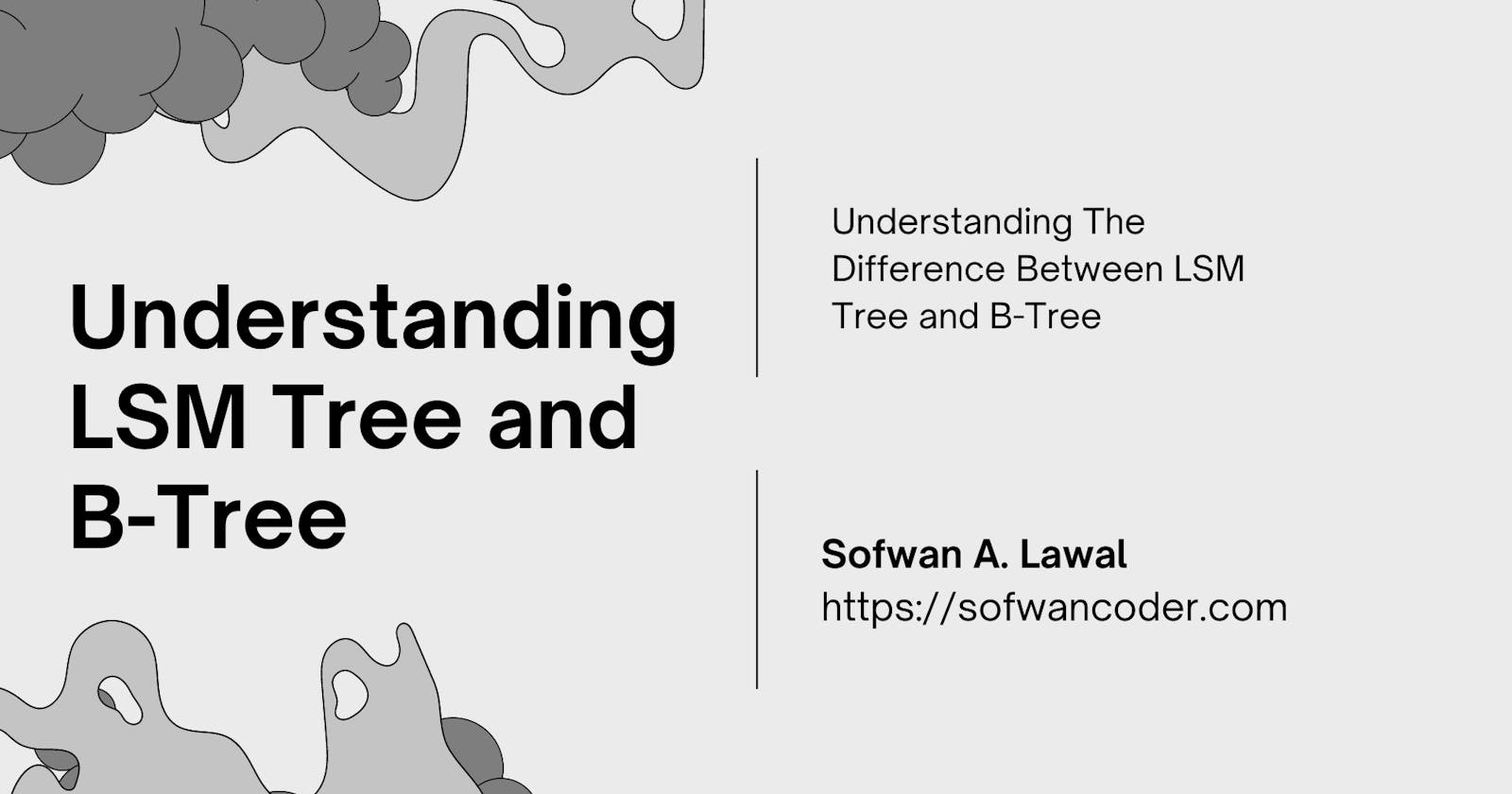Understanding The Difference Between LSM Tree and B-Tree
What's The Best One For You?
Let’s face it, data is a tricky thing to manage. All kinds of challenges arise when you attempt to store and organize data efficiently. In the world of databases, some structures are better suited than others for specific tasks. In this blog post, we’ll discuss two common tree-based database structures: LSM Tree and B-Tree. Both have their advantages, with LSM Trees being more commonly used in modern applications. Which one is right for you? Keep reading for more information!
What is an LSM Tree?
An LSM Tree is a data structure that’s commonly used in databases. It’s not a specific database, it’s a data structure that can be used in several different database types. LSM stands for Log-Structured Merge. This structure has a few great benefits: It’s fast. It’s durable. It’s efficient in both space and time.
What is a B-Tree?
A B-Tree is a specific type of data structure that is designed to store data in a way that’s easy to find and manage. B-Trees are commonly used in relational databases, such as MySQL and Oracle. B-Trees are used to organize data on the fly and can rearrange themselves to accommodate more data as it is added to the database. B-Trees are made up of nodes, where data is stored, and links, which are used to navigate between nodes.
What’s the difference between an LSM Tree and a B-Tree?
There are some key differences between an LSM Tree and a B-Tree. The biggest difference is in how each structure stores data.
In an LSM Tree, data is sorted based on the path that it takes through the tree structure. In contrast, a B-Tree sorts data based on the values within the data itself.
Another difference has to do with how the structures arrange data. The data in an LSM Tree is stored in a single data file. In a B-Tree, each node has its own data file.
Finally, both structures use different methods of storing links. In an LSM Tree, links are stored in the same data file as the node they connect to. In a B-Tree, links are stored separately from the data.
When should you use an LSM Tree?
If you need to store a substantial amount of information but only have a limited amount of space available, an LSM Tree is an excellent option to consider. Because this structure is both rapid and efficient, you should have no trouble obtaining the data you need promptly. An LSM Tree works well for data that is accessed in a random order rather than in a sequential one. If you require support for sequential access, an LSM Tree is not the best option to go with.
When should you use a B-Tree?
If your data is ordered, a B-Tree is a way to go. A B-Tree is the optimal data structure to use when your data is stored sequentially and must be retrieved in the same order every time. Additionally, B-Trees are frequently employed to keep track of metadata, or data about data. Because of their adaptability, B-Trees can be employed in a wide variety of contexts. B-Trees are more inefficient than LSM Trees when it comes to processing time and data file size. Using an LSM Tree rather than a B-Tree is the way to go if you need to store a lot of information.
Final words: Which one is best for you?
Now that we've gone over the basics of both LSM Trees and B-Trees, you should have a good idea of what each data structure has to offer. An LSM Tree is a fast and efficient way to store a lot of data in a small amount of space. A B-Tree is a sequential data structure that can be used to store metadata and other kinds of information. Which one do you like best? Think about what kind of data you want to store and how you will need to get to it. Use a B-Tree if your data needs to be in a certain order or a certain order. An LSM Tree is the best choice for you if you need to store a lot of data quickly and efficiently.

